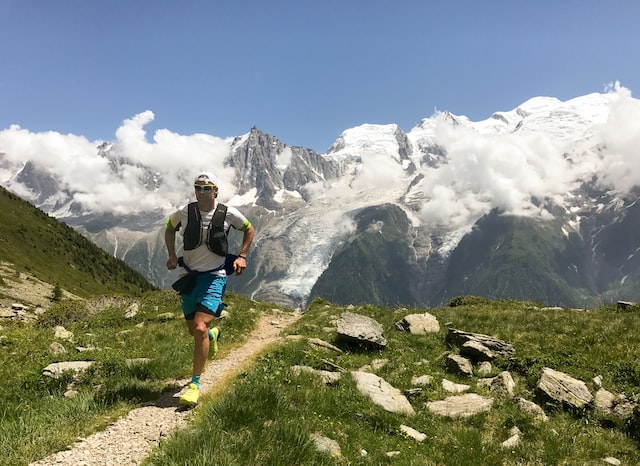
A Step-by-Step Guide to Improving Your Thresholds
Share

To effectively train for an endurance event, or coach an athlete who is competing in one, accurate physiological data is key to guiding and monitoring training performance and intensity. Your First and Second Ventilatory Thresholds (VT1 & VT2) along with your VO2max are arguably three of the most crucial physiological indicators an athlete can use to improve and track their progress. Knowing your thresholds allows you to create individualized workouts that effectively target performance improvement, as opposed to a cookie-cutter approach to training which may or may not work for you.
Improve Anaerobic Threshold: Tempo Workouts
The Second Ventilatory Threshold (VT2) is the point during exercise when an athlete’s body requires unsustainable levels of anaerobic metabolism in order to fuel the work. When we are right at our VT2, our RPE is around 7 out of 10, and we can't keep up a full conversation. This type of effort can be sustained for 20 minutes and up to 60+ minutes in well-trained athletes.
Tried and true ways for athletes to improve their VT2 are tempo workouts, threshold intervals, and fartleks. A typical workout can consist of a warmup that builds up to a continuous effort at or slightly above VT2, and concludes with a 10-minute cooldown. For those new to VT2 workouts, you can start with 10 minutes at your VT2 intensity.
As you progress, you can slowly work your way up to 30 minutes or more. These sessions can be continuous, or split into several intervals with recovery portions roughly 1/5 of the time of the active portion.
Improve VT1: Long Easy Effort (LEE)
VT1 is the effort level when the use of fat as a fuel source has maxed out. Above VT1 we begin to rely increasingly on anaerobic glycolysis rather than the oxidation of fats. The key to improving VT1 is accumulating a high volume of training. Getting the intensity right is key, because high volume AND too high intensity can lead to overtraining and burning out. At VT1 we are at an RPE of 3 out of 10, and we can keep up a conversation if we had to. This is an effort level we can sustain for a very long time.
These workouts are commonly known as Long Slow Distance (LSD) workouts. Slow is relative to each person. It's better to think of them as Long Easy Effort workouts. Regardless of the sport, athletes and coaches can include these workouts in a training program to see an increase in VT1. It is recommended to reach at least 45 minutes and these workouts can build up to 2 hours for runners and 4-6 hours for cyclists, depending on the condition of the athlete and the sport requirements.
The intensity should hover just below and above the VT1 effort. When an athlete is at this point he or she can talk but not sing. The athlete is warm and maybe sweating slightly but can maintain this pace for a long period of time. The main adaptation that occurs is increased growth of the capillaries that enter our muscles and deliver oxygen to them, as well as improving the efficiency with which we can access and burn fat as a fuel source.
Train Both Aerobic and Anaerobic
For endurance athletes, both the aerobic and anaerobic systems are necessary to improve performance. Knowing where your VT1 and VT2 are at any given time can significantly help you target the appropriate effort to improve your endurance.
The aerobic energy system provides long-lasting energy because it can burn carbs very efficiently along with a high capacity to burn fat. The anaerobic energy system produces energy more quickly, allowing an athlete to sustain higher intensities overall.
Using the 80/20 rule as a rough guideline, sequence long easy efforts at or below VT1 (~80% of sessions) with more intense tempo work at or above VT2 (~20% of sessions), and ensure adequate recovery—over time this will improve your performance.
Keep in mind that your body does not know the difference between the stress created by a hard workout and life/work stress. Your physiological data serves as a signpost to indicate when you're ready to do more and when you need to decrease the intensity and/or volume to stay healthy and serve your long-term goals.
